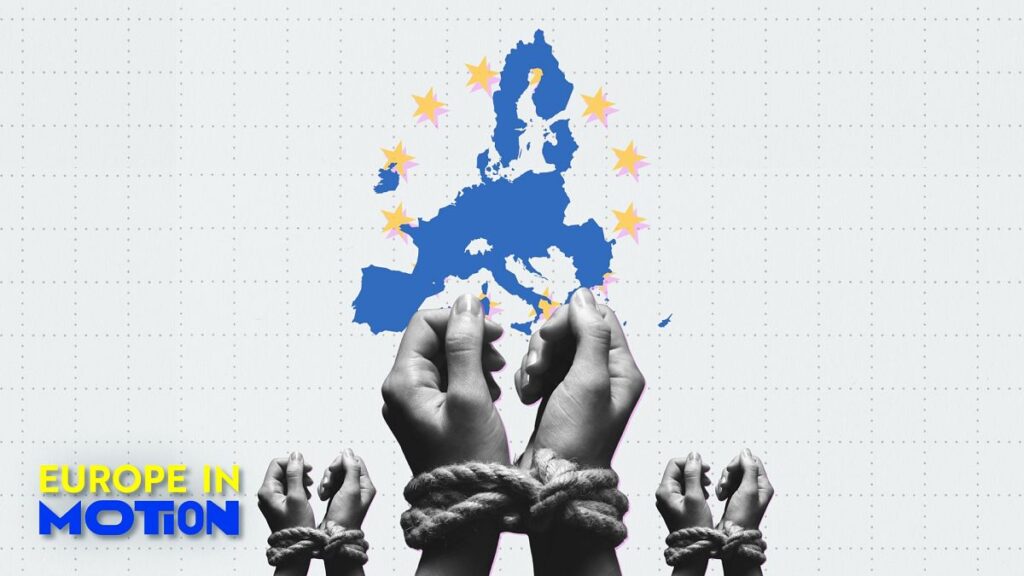Around 10,793 victims of human trafficking were registered in the EU in 2023, an increase of 6.9% compared with the previous year, according to the latest Eurostat figures.
So far, this is the highest recorded value between 2008 and 2023.
In 2023, there were 24 registered victims of trafficking in human beings per one million inhabitants in the EU – a rise from 23 registered victims per one million inhabitants in 2022.
The highest rates in the EU were observed in Luxembourg, Greece, the Netherlands, Austria, and Sweden, while the lowest rates were observed in Croatia, Lithuania, and the Czech Republic.
“Higher rates could be linked to a greater capacity of the judiciary and social system to identify victims,” Eurostat said. “This can be seen in Luxembourg, where previous efforts, including a proactive attitude by labour inspectors who participated in mandatory training courses on human trafficking, has contributed to the identification of more victims.”
Trafficking in humans does not require the crossing of borders and can have many exploitative purposes.
In 2023, for the EU as a whole, 28% of the registered victims came from the reporting country, 7.9% from other EU countries and 64.1% from non-EU countries
Bulgaria, Romania, Slovakia, Hungary, Croatia, Latvia, Lithuania, and Poland reported mostly victims from their own countries, while more than 80% of the registered victims in Austria, Malta, Slovenia, Spain, Denmark, Belgium, Portugal, Greece, Finland, Luxembourg, Italy, and Estonia came from non-EU countries.
Female victims outnumber male
Nearly two-thirds of the registered victims of human trafficking were women or girls.
The share of women and girls increased by 0.5 percentage points from 2022.
Among the registered victims whose form of exploitation was reported, sexual exploitation was the predominant form of exploitation in 2023, at 43.8%, although the share of sexual exploitation gradually decreased throughout 2008 to 2023.
There was a jump in the number of registered victims trafficked for forced labour or services.
Between 2008 and 2018, the share of victims trafficked for forced labour and services stood between 14% and 21%, and from 2019 onwards, the share was between 28% and 41%.
Organ removal and other exploitative purposes, including use for benefit fraud, criminal activities and forced begging, were at 20.2% in 2023.
Meanwhile, the proportion of women among the traffickers is much lower compared with the proportion of men.
Less than a quarter of suspected and convicted traffickers were women, at 24% and 23%, respectively.
The number of suspected traffickers was 8,471 in 2023 – an increase of 5% compared to the previous year.
The number of convicted traffickers increased in the EU by 10.1% between 2022 and 2023.
The number of people convicted of trafficking in human beings also saw a rise in 15 out of 26 EU countries.
Video editor • Mert Can Yilmaz
Read the full article here
